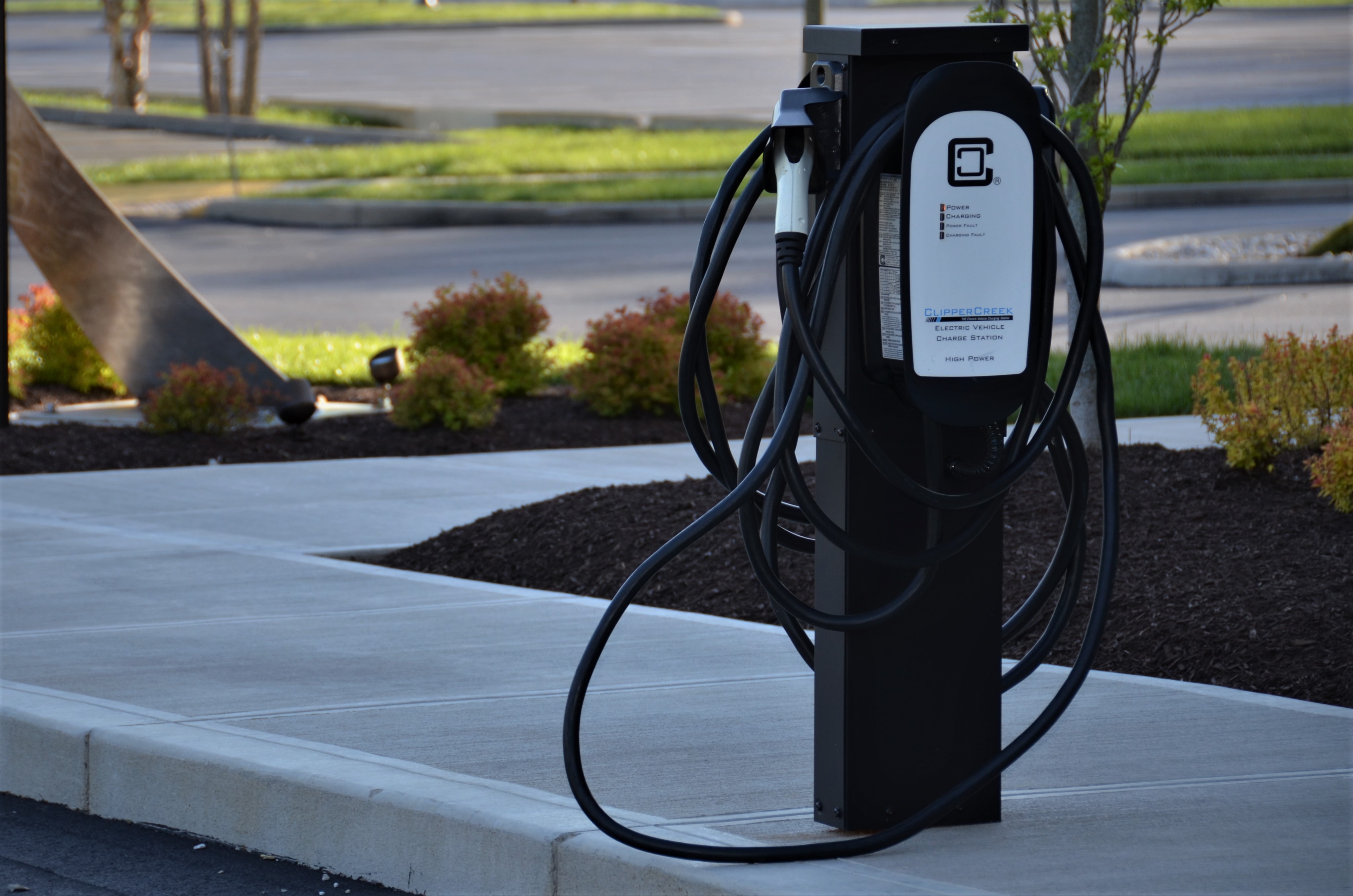
The Value Proposition: Why Install Public Charging Stations?
- April 27, 2022
- Transportation
By Jennifer Nelson
Despite growing innovation and funding in the sector, electric vehicles (EVs) still have limitations. Arguably the most significant is battery range. Early EV models had short ranges, making urban centers the more practical environment for these vehicles. But growing public support for EVs and federal funding through the Bipartisan Infrastructure Law will make them hasten adoption at all geographic scales and bring public charging stations to the forefront of transportation conversation. Monadnock Region towns and cities should seriously consider proactively engaging in that conversation. Municipalities have a unique opportunity to not only meet EV charging demand, but also address their local public health, economic development, and climate resilience goals.
Public Health
Internal combustion engine (ICE) vehicles emit toxic tailpipe pollution, including nitrogen dioxide, carbon monoxide, and benzene. Among the risks of these airborne pollutants are cancer, respiratory disease, cardiovascular disease, and asthma. Battery electric vehicles (BEVs), on the other hand, release no tailpipe emissions. A study by the Minnesota Pollution Control Agency found this curbing of smog-generating emissions greatly improves local air quality, especially near busy streets.
Economic Development
With driving range being a prominent concern, EV drivers are likely to be cognizant of charging station locations along their journey. And, because the charging process itself often requires at least 20 minutes, drivers may be inclined to charge their EVs where other activities are accessible (i.e. restaurants, stores, or parks). This presents an opportunity for municipalities in the Monadnock Region: by strategically installing charging infrastructure in our village and downtown areas, towns can draw both residents and regional travelers to the area. As a result, EV users will gain increased mobility and local businesses will bring in additional revenue.
Climate Resilience
Emissions from transportation vehicles (e.g., cars, trucks, buses, trains, off road vehicles, airplanes, etc.) represent the largest source of criteria air pollutants and greenhouse gases in New Hampshire. EVs (especially BEVs) have lower GHG emissions compared to ICE vehicles. This applies even when vehicle manufacturing emissions is considered. An assessment by the International Council on Clean Transportation found the life-cycle emissions (from materials extraction, manufacturing, and operation) of BEVs are lower than comparable gasoline cars by as much as 69%. As rate of adoption increases, EVs could significantly contribute to the mitigation of global climate change, which may be experienced in rural communities in the form of frequent wildfires, severe storms, and increased heat and droughts.
There is no doubt that the initial planning and installation of charging infrastructure can be time-consuming and costly. But the imminent growth of EV drivers combined with the associated social, economic, and environmental benefits of EV use makes public charging stations a solid investment for municipalities in the Monadnock Region.
Interested in learning how to facilitate the installation of charging infrastructure in your community? Take our short survey to help us better understand what types of assistance and resources would be most useful.



